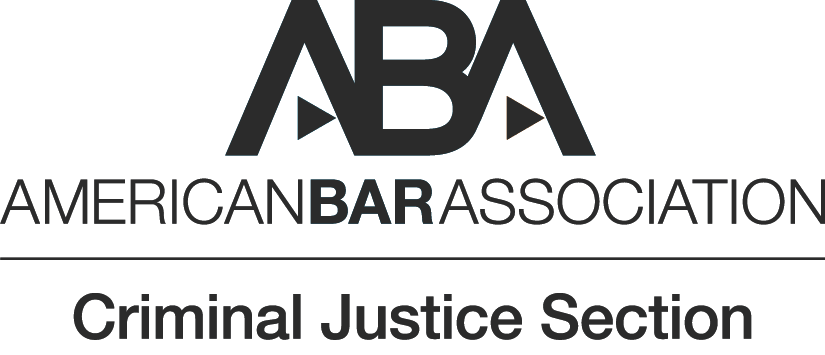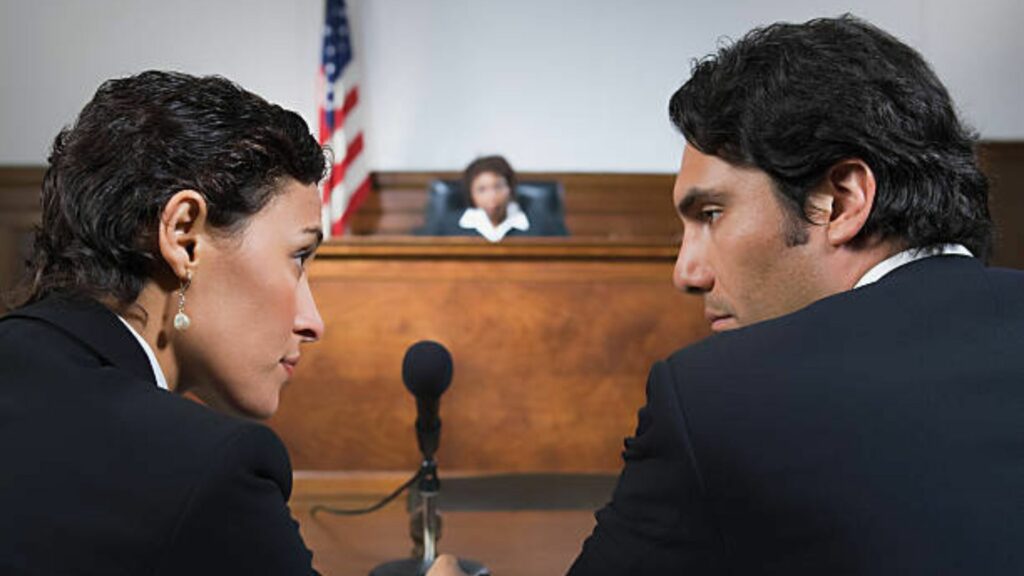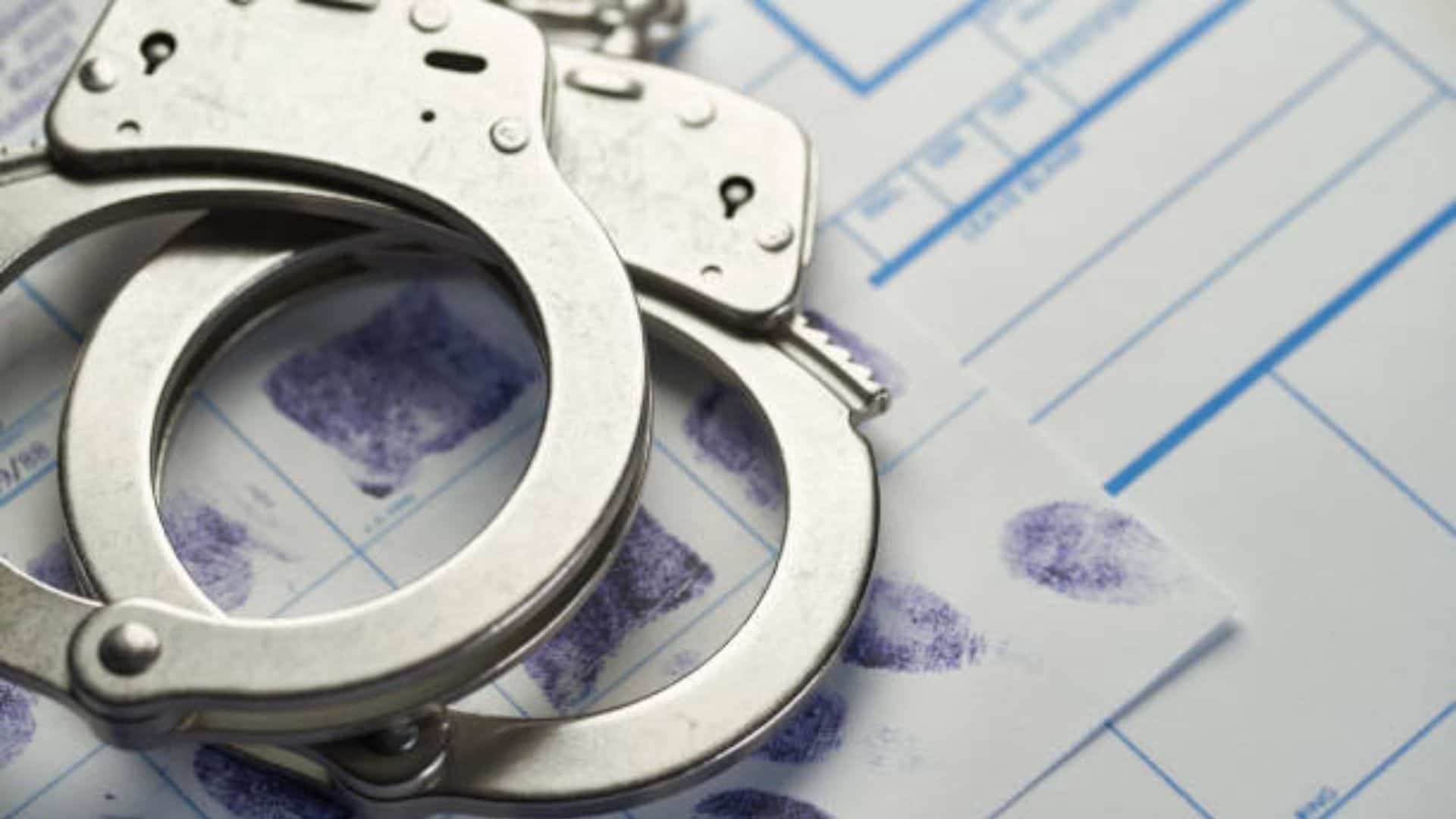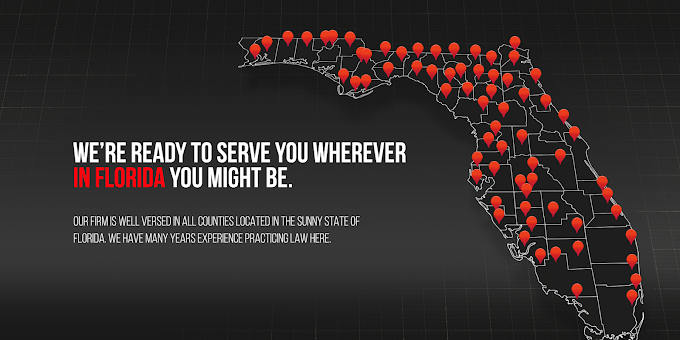






The misdemeanor arraignment hearing is the defendant’s first court appearance in the legal process. It’s where they learn about the allegations against them and their constitutional rights. Despite being often overlooked, this step sets the tone for legal proceedings.
Understanding the arraignment process is crucial especially if an individual is facing charges in court. Delving into it provides insights into navigating the legal system effectively. Exploring this stage sheds light on its significance and implications for defendants. Let’s explore it further.
Get to know more: What Is A Misdemeanor in Florida? (Degrees & Types)
At an arraignment, the defendant is formally informed of the charges brought against them and is asked to enter a plea.

Here’s what the judge typically does in a misdemeanor arraignment hearing:
The defendant’s attorney, if present, can also enter appearances and may request discovery from the prosecution.
For instance, if the defendant pleads guilty, the case may proceed directly to sentencing. If the defendant pleads not guilty, the court schedules future hearings, such as pretrial conferences or trial dates.
Overall, a misdemeanor arraignment hearing sets the stage for further proceedings and allows the defendant to understand the charges against them and the legal options available.

During a misdemeanor arraignment hearing, the defendant is typically asked to enter one of three pleas: guilty, not guilty, or no contest (nolo contendere). Each plea has various consequences for how the case moves forward and the rights of the defendant.

During a misdemeanor arraignment hearing, the accused enjoys several fundamental rights safeguarded by the legal system. These rights ensure fair treatment and due process throughout the legal proceedings.
For comprehensive information regarding the rights of the accused, check the Declaration of Rights of the accused.

At a misdemeanor arraignment, the judge evaluates various factors to determine bail and release conditions. Constitutional rights ensure fair treatment, including the presumption of innocence until proven guilty.
The judge considers the severity of the offense, the defendant’s criminal history, and the likelihood of appearing for future court dates. Bail may be set based on these factors, or the defendant may be released on their recognizance. The goal is to balance public safety with the defendant’s rights while awaiting trial.
Read More: Florida Misdemeanor Exceptions in 2024
Following the arraignment, the next court date is scheduled, often a pretrial conference for misdemeanor cases. During this phase, both the prosecution and defense exchange evidence, discuss potential plea bargains, and prepare for trial if necessary. Defendants must follow any conditions set during the arraignment, such as reporting requirements or travel restrictions.
Arraignment serves as the defendant’s first appearance in court. They are informed about the charges filed against them, asked to enter a plea, and given information about bail and release conditions.
The time frame for scheduling a court date for a misdemeanor can vary. It usually takes a few weeks to a month after the arraignment for the court to assign a date.
Yes, in many cases, defendants can have their lawyers represent them at the arraignment, especially for misdemeanor charges.

























